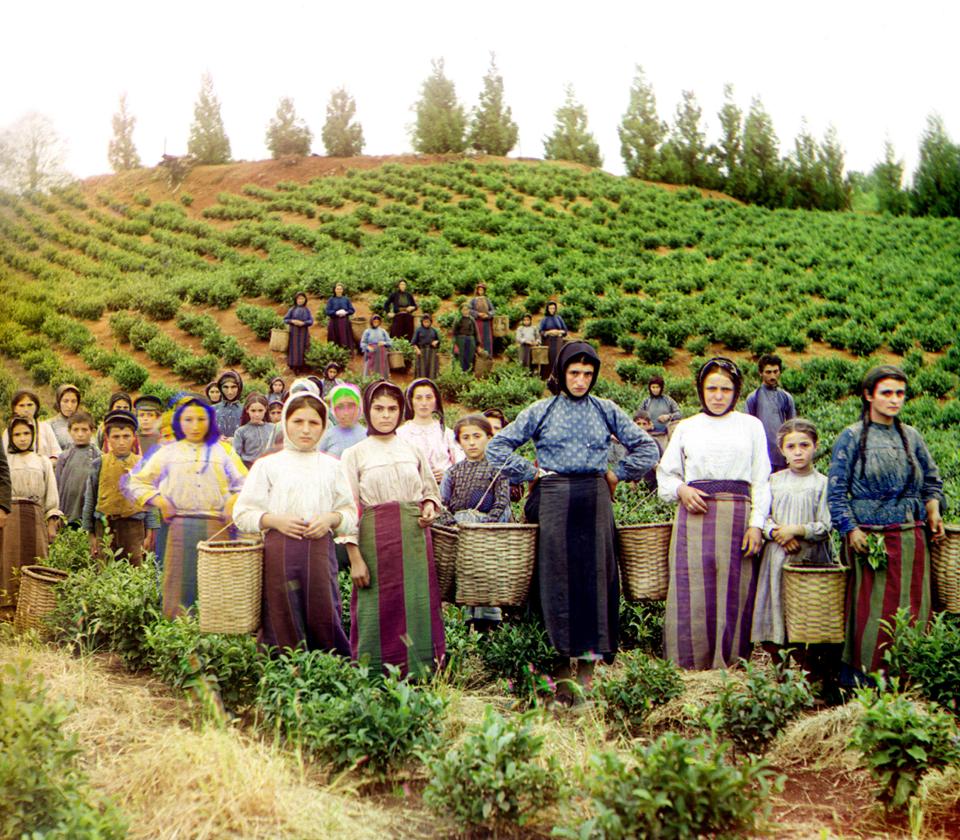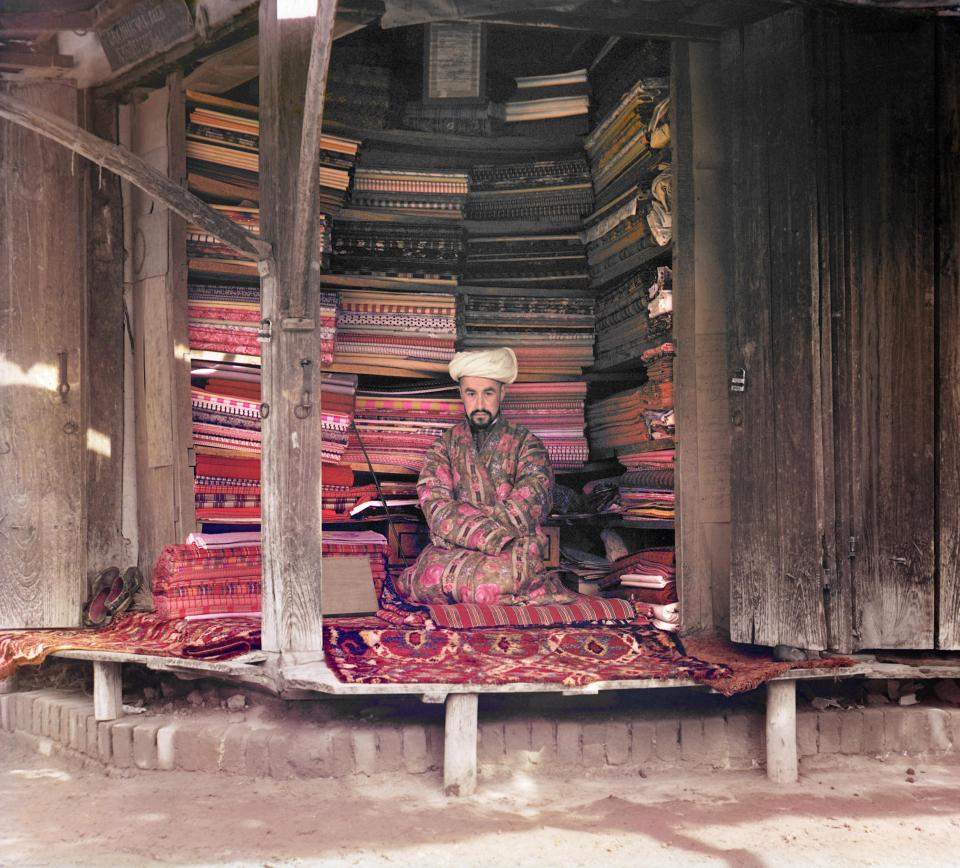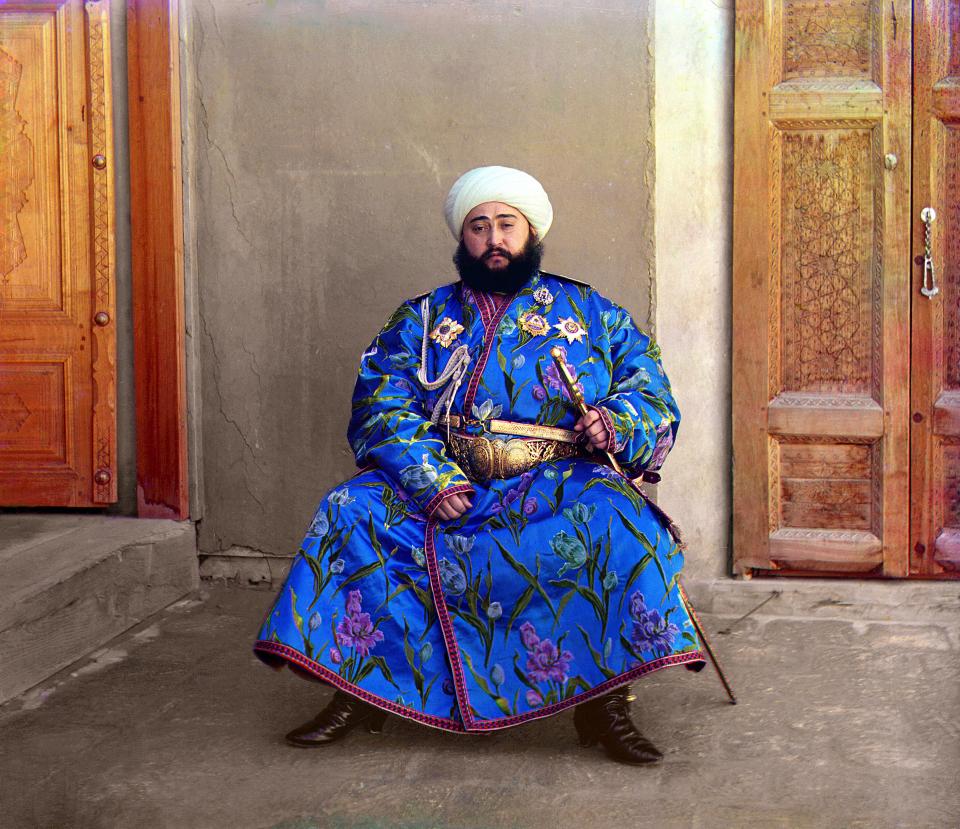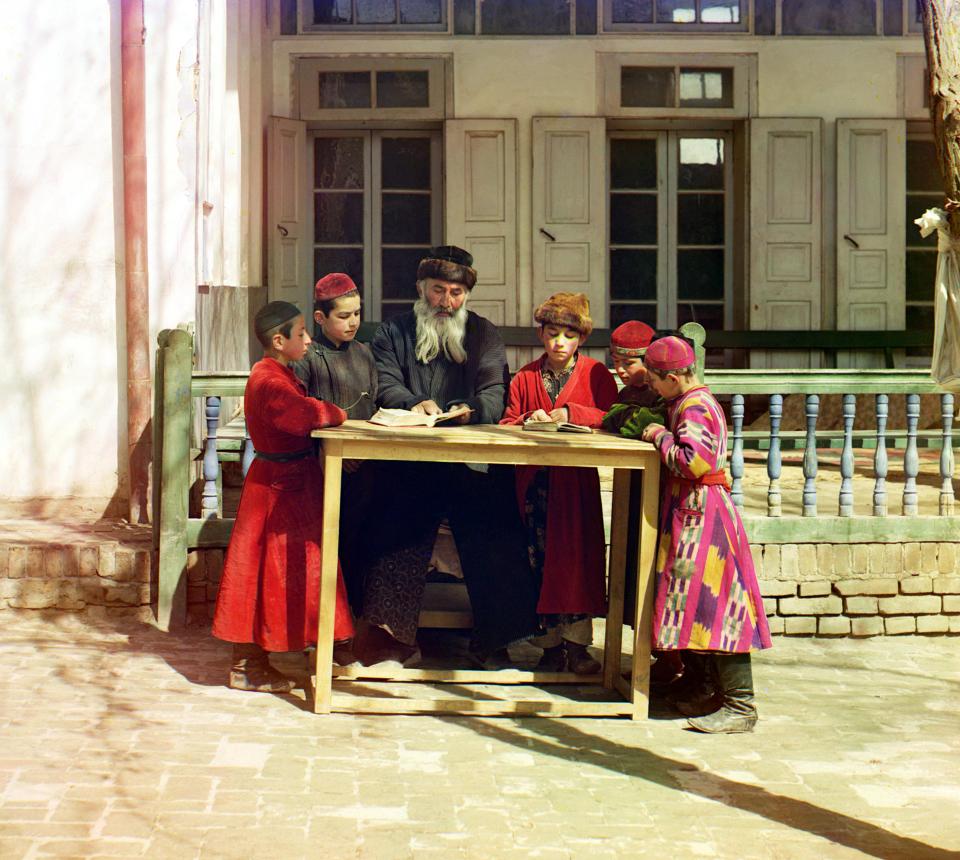Incredible colour pictures offer glimpse of life in the far corners of the Russian empire in the years before the revolution
Between 1909 and 1915 photographer Sergey Prokudin-Gorsky travelled by train to the most remote areas of the Russian Empire to document rural life

ASTONISHING colour photographs have emerged of life in Russia shortly before the Bolshevik revolution spearheaded by Lenin.
Sergey Prokudin-Gorsky had risen to fame thanks to his portrait of the Russian author Leo Tolstoy after developing a system of colour reproduction he called “optical colour projection” having studied in Germany under Adolf Miethe.
The pioneering chemist and photographer had managed to get sponsorship from Tsar Nicholas II due to his fame for an ambitious project using the empire’s railways to capture life in the early part of the twentieth century.
Between 1909 and 1915 he travelled around Tsarist Russia in a special railway carriage equipped with a mobile darkroom hoping to capture life-like images in natural colour in the country’s remote regions.
The pictures reveal rural life in Russia as the First World War looms as well as the Russian Revolution and the overthrowing of the Romanov family.
Prokudin-Gorsky was born in Murom, Vladimir Province in August 1863 started out as a chemist before his interest in photography took over.
His ground-breaking reproduction method was created by exposing three glass plates through three different colour filters – green, red and blue – and then combining them to form on composite image.
MOST READ IN WORLD NEWS
During his extensive trip he documented life as the country began to change into an emerging industrial power and he documented the daily lives of the country’s diverse population as well as old churches and monasteries.
While some negatives were lost many ended up in the US Library of Congress after he died in 1944 at the age of 81.






















